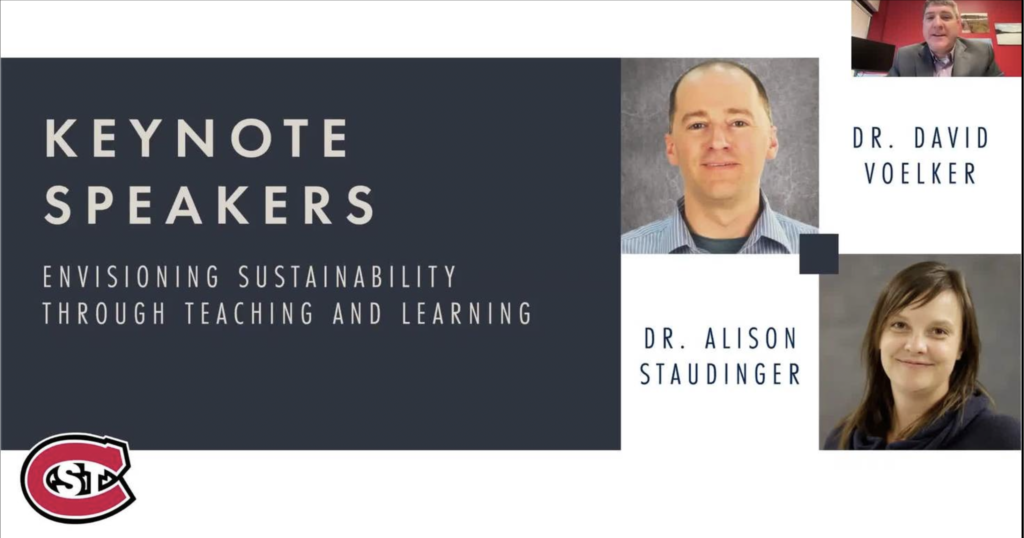426.9 PPM (May 2024)
Note: When I originally published this piece on June 7, 2022, atmospheric CO2 stood at 420.99 PPM for May of 2022.
A memorial sign for the Ok glacier in Iceland, which was written by Andri Snær Magnason, includes a CO2 PPM stamp:
A letter to the future
Ok is the first Icelandic glacier to lose its status as glacier. In the next 200 years all our main glaciers are expected to follow the same path. This monument is to acknowledge that we know what is happening and what needs to be done. Only you know if we did it.
August 2019, 415 ppm CO2
If you’ve already seen enough numbers to be very concerned, feel free to skip to the green boxes below.
According to an NOAA report from 4/7/21: “The atmospheric burden of CO2 [then at 412.5 PPM] is now comparable to where it was during the Mid-Pliocene Warm Period around 3.6 million years ago, when concentrations of carbon dioxide ranged from about 380 to 450 parts per million. During that time sea level was about 78 feet higher than today, the average temperature was 7 degrees Fahrenheit higher than in pre-industrial times, and studies indicate large forests occupied areas of the Arctic that are now tundra.”
As of May 2024, atmospheric concentrations of carbon dioxide reached 426.9 parts per million (PPM).
The concentration of CO2 has increased by 73 PPM since NASA scientist James Hansen testified before a U.S. congressional committee about the problem in 1988. The annual average concentration of CO2 has increased every year since direct measurements began in 1958. Since the beginning of industrialization in the 19th century, CO2 levels have increased by about 145 PPM, an increase of over fifty percent.
Notwithstanding the Paris climate agreement, emissions of CO2 and other climate warming gases (especially methane) have continued to rise, and current plans to reduce emissions are woefully inadequate. In fact, the increase of atmospheric CO2 levels from March 2023 to March 2024 was the largest ever recorded.
As young climate activists have argued, climate change is an emergency and a crisis, requiring action at all levels of society and government. If ever there was a moment for human solidarity–with other humans and with the larger community of life–this is it!
Although individual behaviors are important, given the scope of the problem, large-scale collective solutions are essential. The Citizens Climate Lobby is an important non-partisan group working to address human-caused climate disruption. Wisconsin Conservation Voters also promotes clean energy policy. 350 Wisconsin, an independent affiliate of 350.org, focuses on climate justice as a critical approach to addressing climate change. If you are experiencing climate anxiety or climate grief, Gen Dread is an excellent resource.
Updated June 25, 2024.
Comments closed